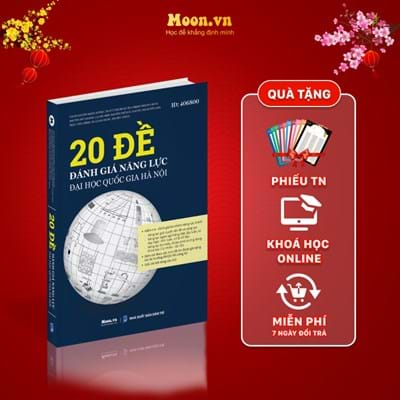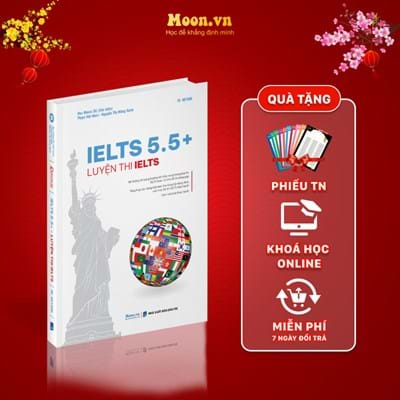(2)
THE LONDON TO BRIGHTON CAR RUN
The first London to Brighton run took place on November 14th, 1896. It was organized to celebrate the (1)_____ of a law which made it easier for cars in Britain to be driven on the roads. Before then, the law, (2)_____ a driver and an engineer in the car and a man walking in front of the vehicle with a red flag warning of its approach. Since then, this annual run had become one of the most popular events on the British motoring calendar, (3)_____ crowds of over one million lining the route. Only the very oldest cars, constructed during the ten years between 1985 and 1905, are allowed to (4)_____ in it. Lovingly polished by their drivers, who are dressed in the clothing of the period, the cars leave Hyde Park in London at 7.30 a.m. and arrive, hopefully, in Brighton some three hours later. The 60-mile run is not a race there’s an official coffee stop on the way and the cars are restricted to an average speed of only 30 kph. The only (5)_____ for finishing is a medal, which is awarded to everyone who reaches Brighton before 4 p.m. The run traditionally attracts participants from all four corners of the world, including Europe, Asia, Africa and Australia. Since the youngest car is nearly a hundred years old, some of the 400-plus vehicles, it’s simply being there that brings the greatest pleasure.
The first London to Brighton run took place on November 14th, 1896. It was organized to celebrate the (1)_____ of a law which made it easier for cars in Britain to be driven on the roads. Before then, the law, (2)_____ a driver and an engineer in the car and a man walking in front of the vehicle with a red flag warning of its approach. Since then, this annual run had become one of the most popular events on the British motoring calendar, (3)_____ crowds of over one million lining the route. Only the very oldest cars, constructed during the ten years between 1985 and 1905, are allowed to (4)_____ in it. Lovingly polished by their drivers, who are dressed in the clothing of the period, the cars leave Hyde Park in London at 7.30 a.m. and arrive, hopefully, in Brighton some three hours later. The 60-mile run is not a race there’s an official coffee stop on the way and the cars are restricted to an average speed of only 30 kph. The only (5)_____ for finishing is a medal, which is awarded to everyone who reaches Brighton before 4 p.m. The run traditionally attracts participants from all four corners of the world, including Europe, Asia, Africa and Australia. Since the youngest car is nearly a hundred years old, some of the 400-plus vehicles, it’s simply being there that brings the greatest pleasure.
(2)
A. forced
B. needed
C. obliged
D. required
Đáp án D
Giải thích đáp án:force (v): bắt ép
need (v): cần
obligate (v): bắt buộc, ép buộc
require sb with sth(v): yêu cầu ai cái gì







